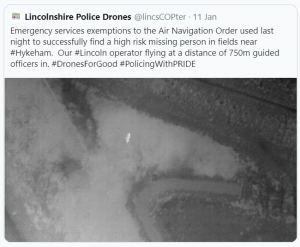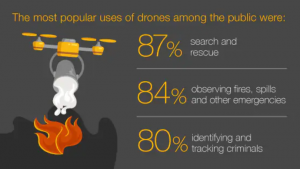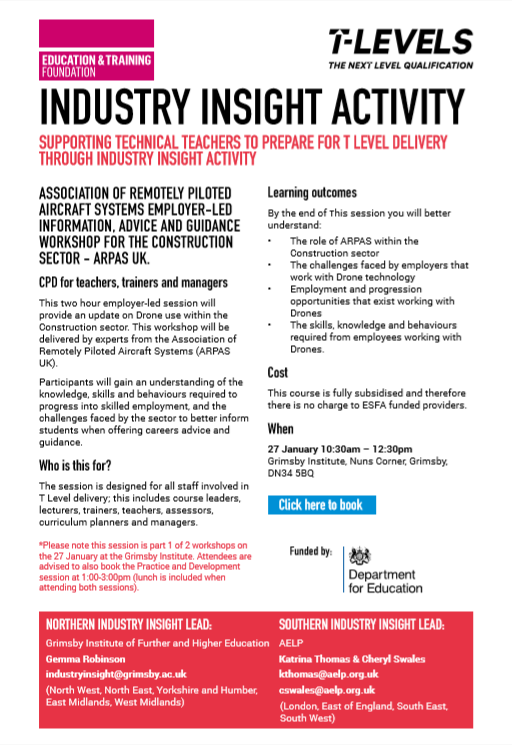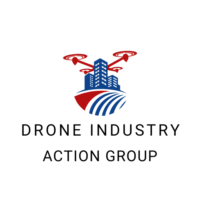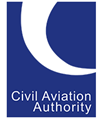Summary
Background
Methods
Findings
Interpretation
Funding
Introduction
Methods
Study design
| Values | Distribution | Estimated parameters | Source | |
|---|---|---|---|---|
| Motorcycle | ||||
| Price | US$5000 | Point estimate | Riders for Health | |
| Maximum range | 300 km | Point estimate | .. | Yamaha manufacturer manual |
| Daily distance covered | 150 km | Beta PERT | Min: 75, max: 200 | Riders for Health |
| Fuel tank capacity | 11 L | Point estimate | .. | Yamaha manufacturer manual |
| Effective fuel consumption | 22·1 km/L | Gamma | α=0·38l, β=9·38 | Riders for Health |
| Effective operating speed | 40 km/h | Beta PERT | Min: 28 km/h, max: 70 km/h | Google: Riders for Health |
| Terrain impassability | 33% | Gamma | .. | Riders for Health |
| Average replacement km | 55 000 | Beta PERT | Min: 30 000, max: 70 000 | Riders for Health |
| Breakdowns | 0·6:10 000 km | Point estimate | .. | Riders for Health |
| Motorbike lifespan | 1·2 years | Beta PERT | Min: 0·8 years, max: 2·0 years | Riders for Health |
| Minor accident rate | 1·65: 100 000 km | Point estimate | .. | Riders for Health |
| Major accident rate | 0·43: 100 000 km | Point estimate | .. | Riders for Health |
| Mortality rate | 0% | Point estimate | .. | Riders for Health |
| Motorbike breakdown rate | 20% | Point estimate | .. | Riders for Health |
| Maximum payload | 60 kg | Point estimate | .. | Yamaha manufacturer manual |
| Total distance (70 bikes) | 1 881 408 km | Point estimate | 1 302 292 km | Riders for Health |
| UAS (hybrid) | ||||
| Effective operating radius | 65 km | Beta PERT | α=30 km, β=100 km | Sandia National Laboratories, Skyfire |
| Maximum payload | 20 kg | Point estimate | .. | Sandia National Laboratories, Skyfire |
| Effective operating speed | 65 km/h | Point estimate | .. | Skyfire |
| Lifespan | 3000 hours | Beta PERT | α=1000 h, β=10 000 h | Sandia National Laboratories |
| Weather inoperability | 10% | Point estimate | .. | Liberian Hydrological Service |
| Flight restrictions | 2% | Point estimate | .. | Internal estimates |
| UAS loss rates | 0% | Point estimate | Max: 7% | WeRobotics |
| UAS price | US$15 000 | Beta PERT | 10 000: 120 000 | Vayu |
| Console lifespan | 5 years | Point estimate | .. | Vayu |
| Samples | ||||
| Emergency | 40 264 | Beta PERT | α=10 268, β=74 000 | Riders for Health Internal data |
| Routine | 1·8 million | Beta PERT | α=1 350 000, β=2 250 000 | Internal estimates |
Data sources
Geography
The annual precipitation ranges from 2200 mm in the interior to 5000 mm in the capital, Monrovia. Following a protracted civil war, road conditions are poor and few are paved. Some roads, especially in the southeast and northwest of the country, become impassable during the May to October rainy season. The heavy forest cover and poor road infrastructure in Liberia are ostensibly ideal for UAS services. 15

Models
Number of UAS needed per year
Costs
Sample estimates and analyses
Role of the funding source
Results


| Routine ($) | PHE pure UAS ($) | PHE UAS plus motorcycle ($) | |
|---|---|---|---|
| Motorcycle | |||
| 1·1 years lifespan | 0·65 (0·01–2·85) | 24·06 (21·14–28·2) | .. |
| UAS30 | |||
| 1000 flight h lifespan | 1·11 (0·82–2·82) | 46·32 (34·75–115·81) | 47·04 (41·31–81·47) |
| 3000 flight h lifespan | 0·78 (0·65–1·51) | 30·89 (26·76–55·48) | 39·40 (37·35–51·58) |
| 10 000 flight h lifespan | 0·66 (0·61–1·05) | 25·38 (23·95–33·95) | 36·67 (35·96–40·91) |
| UAS65 | |||
| 1000 flight h lifespan | 1·37 (0·94–4·00) | 46·15 (32·31–129·14) | 49·20 (38·03–116·13) |
| 3000 flight h lifespan | 0·82 (0·66–1·80) | 27·42 (22·66–55·96) | 34·09 (30·25–57·11) |
| 10 000 flight h lifespan | 0·63 (0·56–1·03) | 20·81 (19·25–37·59) | 28·75 (27·50–42·29) |
| UAS100 | |||
| 1000 flight h lifespan | 1·68 (1·11–5·05) | 48·05 (33·27–136·75) | 51·36 (38·69–127·40) |
| 3000 flight h lifespan | 0·96 (0·75–2·18) | 28·19 (23·03–59·14) | 34·33 (29·91–60·87) |
| 10 000 flight h lifespan | 0·71 (0·63–1·17) | 20·92 (19·29–30·73) | 28·10 (26·70–36·51) |


Discussion
Acknowledgments
Supplementary Material
References
- 1.Effectiveness of Ebola treatment units and community care centers—Liberia, September 23–October 31, 2014.
MMWR Morb Mortal Wkly Rep. 2015; 64: 67-69
- 2.Office of the Secretary of Defense. Eyes of the army. US Army roadmap for unmanned aircraft systems, 2010–2035.
US Army UAS Center of Excellence, Fort Rucker2009
- 3.What should you deliver by unmanned aerial systems? The role of geography, product, and UAS type in prioritizing deliveries by UAS. White Paper.
JSI Research & Training Institute, Boston2018
- 4.UAVs in global health: defining a collective path forward. Innovating for Impact Series.https://www.usaid.gov/sites/default/files/documents/1864/cii-UAVs_in_Global_Health-508.pdfDate: 2017Date accessed: June 8, 2019
- 5.Mapping infectious disease landscapes: unmanned aerial vehicles and epidemiology.
Trends Parasitol. 2014; 30: 514-519
- 6.UNOSAT carries out first UAV mission for IOM in Haiti.http://2030agenda.unitar.org/unosat-carries-out-first-uav-mission-iom-haitiDate: 2012Date accessed: June 8, 2019
- 7.Drones in humanitarian action: a guide to the use of airborne systems in humanitarian crises.
Swiss Foundation for Mine Action, Geneva2016
- 8.Zipline’s ambitious medical drone delivery in africa. MIT Technology Review.https://www.technologyreview.com/s/608034/blood-from-the-sky-ziplines-ambitious-medical-drone-delivery-in-africa/Date: 2017Date accessed: June 4, 2019
- 9.Can unmanned aerial systems (drones) be used for the routine transport of chemistry, hematology, and coagulation laboratory specimens?.
PLoS One. 2015; 10e0134020
- 10.The economic and operational value of using drones to transport vaccines.
Vaccine. 2016; 34: 4062-4067
- 11.Cargo drone field tests in the Amazon.https://blog.werobotics.org/wp-content/uploads/2017/10/WeRobotics-Report-on-Drone-Cargo-Field-Tests-Peru-2017.pdfDate: 2017Date accessed: April 4, 2019
- 12.Costs associated with the use of unmanned aerial vehicles for transportation of laboratory samples in Malawi.
VillageReach, Seattle2016
- 13.Methods for the economic evaluation of health care programmes.
Oxford Medical Publications, Oxford2005
- 14.Dollarization and economic performance: an empirical investigation. Working Paper 8274.
National Bureau of Economic Research, Cambridge2001
- 15.Liberia.https://www.cia.gov/-library/publications/the-world-factbook/geos/li.htmlDate: 2019Date accessed: April 4, 2019
- 16.The laboratory health system and its response to the Ebola virus disease outbreak in Liberia.
Afr J Lab Med. 2016; 5: 509
- 17.Investment plan for building a resilient health system in Liberia, 2015 to 2021.
Ministry of Health, Government of Liberia, 2015
- 18.Pre-Ebola virus disease laboratory system and related challenges in Liberia.
Afr J Lab Med. 2016; 5: 508
- 19.Funding and services needed to achieve universal health coverage: applications of global, regional, and national estimates of utilisation of outpatient visits and inpatient admissions from 1990 to 2016, and unit costs from 1995 to 2016.
Lancet Public Health. 2019; 4: e49-e73
- 20.Establishing Ebola virus disease (EVD) diagnostics using GeneXpert technology at a mobile laboratory in Liberia: impact on outbreak response, case management and laboratory systems strengthening.
PLoS Negl Trop Dis. 2018; 12e0006135
Article Info
Publication History
Identification
Copyright
User License
Creative Commons Attribution – NonCommercial – NoDerivs (CC BY-NC-ND 4.0) |
ScienceDirect
Figures
 Figure 1Road networks and distribution of clinics in Liberia
Figure 1Road networks and distribution of clinics in Liberia Figure 2Emergency transport simulations
Figure 2Emergency transport simulations Figure 3Routine transport
Figure 3Routine transport Figure 4Cost-effectiveness plane (A) and per-sample costs over lifespan (B) under routine scenario
Figure 4Cost-effectiveness plane (A) and per-sample costs over lifespan (B) under routine scenario Figure 5Cost-effectiveness plane (A) and per-sample costs over lifespan (B) under emergency scenario
Figure 5Cost-effectiveness plane (A) and per-sample costs over lifespan (B) under emergency scenario
Tables
Linked Articles
- The economics of medical drones
Open Access





